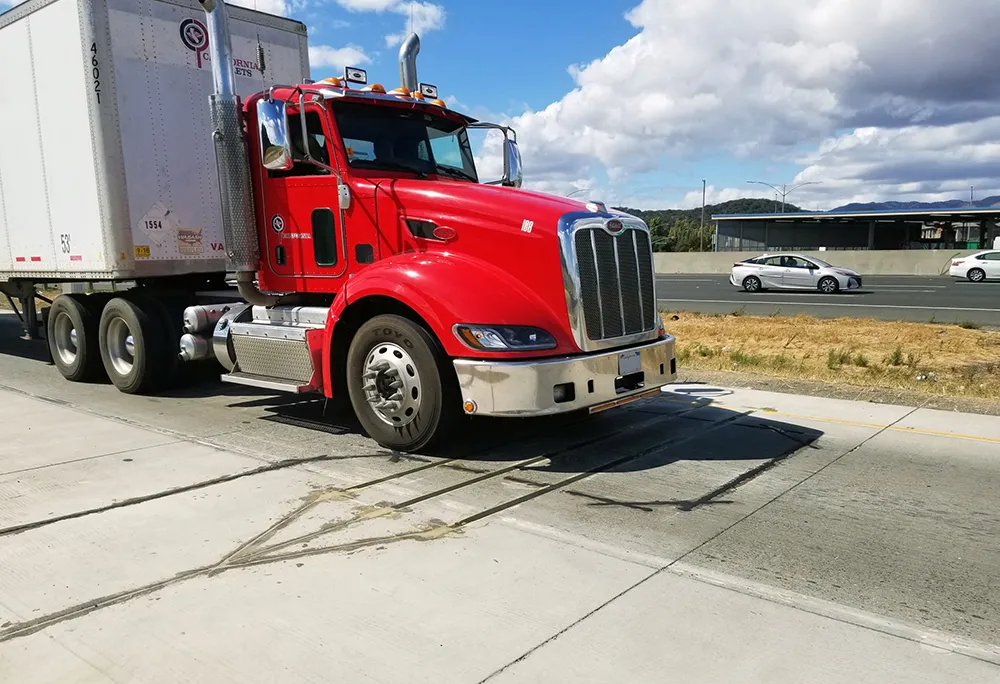Designer and provider of acoustics and air pollution simulation software for environmental modelling, SoundPlan, is calling on the bodies responsible for setting noise standards around the world to ensure that they implement and maintain high quality standards with thorough test procedures and scenarios.
According to SoundPlan, the USA’s Federal Highway Administration’s Traffic Noise Model (TNM) is identified as an example of poor practice in this arena. When testing the standards SoundPlan software engi
February 25, 2016
Read time: 3 mins
Designer and provider of acoustics and air pollution simulation software for environmental modelling, SoundPlan, is calling on the bodies responsible for setting noise standards around the world to ensure that they implement and maintain high quality standards with thorough test procedures and scenarios.
According to SoundPlan, the USA’s831 Federal Highway Administration’s Traffic Noise Model (TNM) is identified as an example of poor practice in this arena. When testing the standards SoundPlan software engineers found errors in the TNM source code that meant mapping software would produce incorrect results.
The TNM standards also only allow for noise movement over two dimensions, when in reality sound moves in 3D, for example, the noise at the top of a tower block is not the same as at its base, but it would be according to TNM.
The standard planned for introduction in Europe is also being questioned by SoundPlan. After more than a decade in development, Cnossos is due to become a common European regulation. The European Commission has agreed on the principle procedure and on a schedule of its implementation. However, SoundPlan expects that the equations and parameters will change when the test procedures are written and inconsistencies are discovered.
SoundPlan understands that countries outside of Europe are also looking at this standard, but advises that it would not be prudent to use it yet as the regulation is not firm and there are no procedures for quality assurance (test questions) in place.
SoundPlan believes there needs to be consistent and quality controlled standards to protect people from unnecessary harm across the globe. Noise reduction is important for environmental purposes, but also to ensure companies are meeting health and safety compliance rules and regulations.
However, SoundPlan already has over 70 standards implemented and some countries are re-interpreting the science behind noise calculations every couple of years and altering their requirements accordingly.
Arne Berndt, owner/adviser at SoundPlan and SoundPlan International, said: “Wherever possible we work with the organisations putting together standards to ensure they are of a consistently high level. We are also part of a group that tries to get all internationally relevant software producers to synchronise their procedures. However, it is important to remember that a standard is only as good as the quality assurance that comes with it. Many countries do not release test procedures and test scenarios that can be verified by an outside party. This means that people using mapping software find answers they don’t expect and the modelling cannot be effective.”
According to SoundPlan, the USA’s
The TNM standards also only allow for noise movement over two dimensions, when in reality sound moves in 3D, for example, the noise at the top of a tower block is not the same as at its base, but it would be according to TNM.
The standard planned for introduction in Europe is also being questioned by SoundPlan. After more than a decade in development, Cnossos is due to become a common European regulation. The European Commission has agreed on the principle procedure and on a schedule of its implementation. However, SoundPlan expects that the equations and parameters will change when the test procedures are written and inconsistencies are discovered.
SoundPlan understands that countries outside of Europe are also looking at this standard, but advises that it would not be prudent to use it yet as the regulation is not firm and there are no procedures for quality assurance (test questions) in place.
SoundPlan believes there needs to be consistent and quality controlled standards to protect people from unnecessary harm across the globe. Noise reduction is important for environmental purposes, but also to ensure companies are meeting health and safety compliance rules and regulations.
However, SoundPlan already has over 70 standards implemented and some countries are re-interpreting the science behind noise calculations every couple of years and altering their requirements accordingly.
Arne Berndt, owner/adviser at SoundPlan and SoundPlan International, said: “Wherever possible we work with the organisations putting together standards to ensure they are of a consistently high level. We are also part of a group that tries to get all internationally relevant software producers to synchronise their procedures. However, it is important to remember that a standard is only as good as the quality assurance that comes with it. Many countries do not release test procedures and test scenarios that can be verified by an outside party. This means that people using mapping software find answers they don’t expect and the modelling cannot be effective.”










